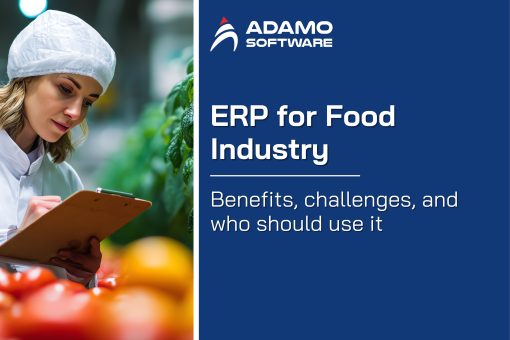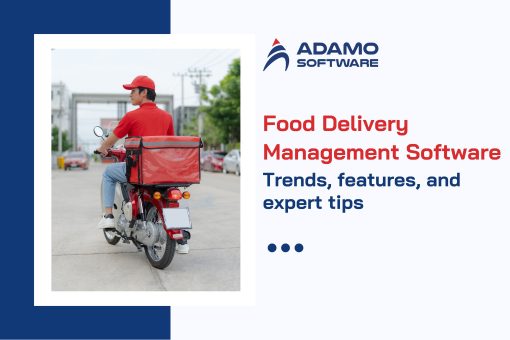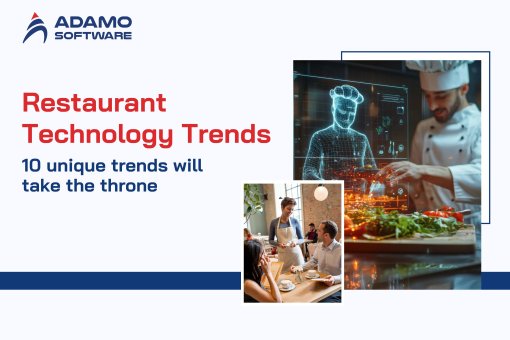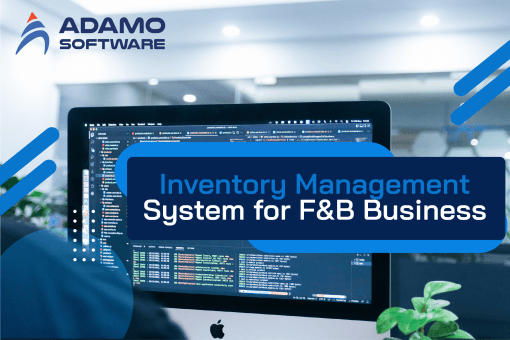Meal kit industry – how to be a winning brand?

The meal kit industry tends to be a new player thanks to the rise of sharing economy. The dawn of instant food delivery causes meal prep businesses to become more lucrative.
The world is getting busier for the young generation that fewer people choose to purchase separated materials instead of order meal-kit for home-cooking. In that way, the meal kit industry offers dynamic options personally, helping users enjoy their meals with a high level of personalization. Accordingly, this advantage of the meal kit industry refers to raise the level of convenience in modern or Urban life, where people spent most of their time in work office.
In this article, we aim to discuss the role of meal kit industry growth in the context of digital transformation. In which, we provide statical numbers regarding how the meal kit industry performs in the market. Also, we suggest some meal-kit industry trends, shaping the market in 5 years later.
Meal kit industry from the dawn of digital transformation
Basically, meal-kit indicates some distinctions from meal-prep in some way. Firstly, the meal kit can be explained as a set of raw food and seasonings, setting with a structured recipe. It could be a solution for people not good at cooking or getting busy but still want to have home cooking. In practice, the meal kit services can be purchase in a subscription plan, which means you can receive meal-kit regularly without adding new orders. Today, with the growth of urban living, the meal-kit industry is expected to expand rapidly.
Meal kit industry analysis
In fact, west countries refer to the lucrative market to promote meal-kit business. Accordingly, citizens are rising concern about food safety and sanitation, while still not enough time for food preparation. In 2017, the market size for the meal kit industry in the US reached roundly US$ 2.5 billion. In 2020, its size would go double, accounting for roundly US$ 5 billion. Even when in social distancing periods, the growing trend of the meal-kit industry has no sign of slowing down. It is predicted to hit a dramatic increase to over US$ 11 billion by 2022.
Also in America, at least 17% population expressed their interest in the meal kit industry at some levels. Of which over 90% were happy with these services. They were willing to refer this service to their friends.
Besides, the rate of users across generation was different:

In terms of health concerns, over 80% of citizens believed in the benefit of on-demand meal-kit delivery for dinner health instead of having a meal at restaurants.
The concept of meal kit industry models
1. The driving forces of the meal kit industry booming
– Urbanization: when the life quality lifted up, people care a lot about their health. They are raising suspect about cooked meals. However, citizens also do not want to spend time shopping for separated ingredients in supermarkets.
– The rise of college-educated people in the population: they have income but lack time for housework.
– The young generation loves cooking and enjoins convenience at the same time.
2. How do meal kit delivery models work?
As mention above, a meal kit business is selling sets of ingredients, enabling customers free from going to groceries or supper market. In fact, selling meal kits has some similar points to selling recipes. You provide the ready-to-cook package to customers follows your own certain proportion among ingredients. It means that you should have a charming cooking receipt when starting meal-kit brands.
Apart from raw cooking ingredients focusing on fresh, meal kit needs more than raw materials. The value-added on it refers to the different formulas across brands. Similar to chefs, there are no two meal-kit brands that offer the same kit. Accordingly, the meal kit industry is not only selling physical products but also offering a cooking experience.
Performance similarly with food ordering system and food delivery model, meal kit industry needs food and beverage software to handle sale activities. Basically, customers would place their orders in the system. Then, the meal kit would be packaged after the delivery right to the customer’s door.
You can explore about 10 Unique Restaurant Technology Trends will take the throne in 2026 here.
Meal kit industry trends
Obviously, the meal kit industry is lucrative, attaching with highly competitive. If you are running meal kit brands or planning a new one, you should keep an eye on trends in the meal kit industry to tackle business uncertainties in the market.

Food kit manufacturing
In term of food kit manufacturing, the waste coming from packaging remain challenges in the meal kit industry, which forms several trends for the upcoming year. In fact, many food kit manufacturers admit environment-friendly materials for packaging as their top advantage in promoting to their audience. It is due to the fact that citizens currently respect the environmental responsibilities of humankind. Instead of plastic, using paper or self-destructed materials for packaging in food kit manufacturing is considered the new norm.
Apart from packaging, the environmental responsibility in processing and distribution has also been respected. In which the obligations of food kit manufacturers in reducing carbon emission and water waste processing are emphasized.
Meal kit delivery business plan
In expectation, the global room for meal kit delivery business will worth over US$20 billion in the next 5 years. With the compound growth rate could reach about 13%, the potential profit in this industry would heat up the competition, leading to an evolution in food delivery these days.
In order to adapt to the rapid change in the market, meal-kit brands would prepare to extend delivery services to their subscribers, including multi-delivery time options. Instant delivery, schedule delivery, and contactless delivery are the principal factors above this meal kit trend. In which, in-store pick up would be no longer a preferred option for customers, due to more affordable cost and on-time services from delivery services.
Diet and organic meal kit specialization
Healthcare concerns these days give rise to the trend of organic and eat clean food. The meal kit industry cannot stand away from it. When customer interest in healthy and organic causes adjustment from kit menus in almost meal-kit brands.
However, the world is getting separated when it comes to organic food standards. In farming, each country has its own requirement regarding how to pursue organic title for food products. It would include series of requirements for farming methods, residue level of plan protection products, reservation methods, and more.
Fortunately, there are some current standards in terms of food kit manufacturing, specializing in some qualifications. It includes requirements about the ecosystem of reservation, water supply, and also biodiversity. Accordingly, due to clear and transparent attributes in meal kit specialization, customer concern related to diet and organic meals is on the rise. Research proved the growing demand for meal prep business plans offering organic and sustainable ingredients in the US. Besides, this meal kit industry trend also has an extreme impact in Europe, disrupting the whole food services industry.
Icon meal kit
According to Forbes research on the meal kit industry, customer preference today has changed rapidly in favor of little time-consuming. Instead of ready-to-cook meal kits, customers are more likely to preferer no preparation meal-kit, which have little to no cooking requirement. That kind is called an icon meal kit.
Icon meal kit only needs to take a small step for being eaten right after microwave or heat it on an oven. In fact, the Icon meal kit can be seen as heat-and-eat food instead of raw ingredients as in the traditional meal kit. One of the undeniable benefits of the icon meal kit for businesses is that they can attract new groups for meal-kit subscribers. Not only home-based customers, icon meal kits can also serve dinners in hospitals, retirement communities, schools, and more, where lack of kitchen equipment in their properties.
In conclusion, it is the right time to start your own meal kit brand. If you need help, we are a software development company with extensive experience in food and beverage software solutions.











